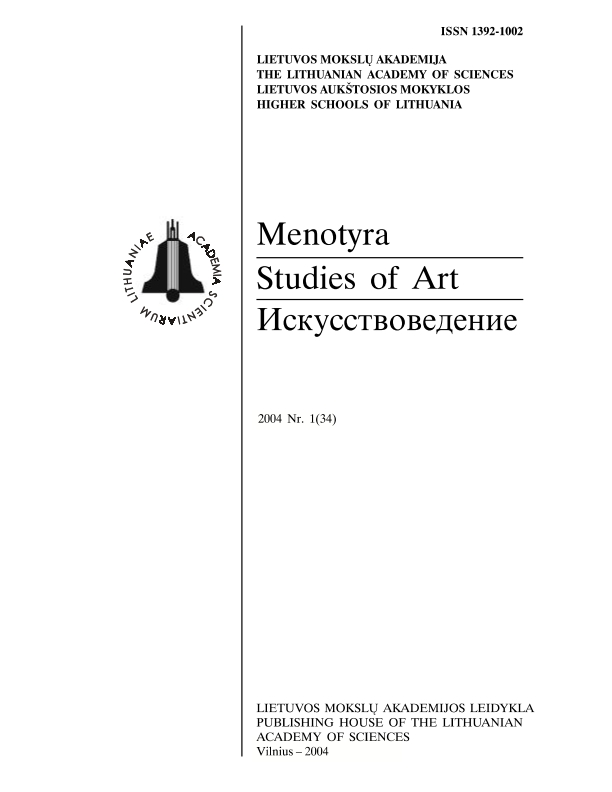Muzikos ir teksto jungčių prasminė bei funkcinė įvairovė XX a. II pusės lietuvių kompozitorių kūryboje
Semantic and functional variety of links between music and text in the works by Lithuanian composers of the second half of the twentieth century
Author(s): Rūta GaidamavičiūtėSubject(s): Music, Semantics
Published by: Lietuvos mokslų akademijos leidykla
Summary/Abstract: Similarly to the rapid change in the use of various compositional techniques and styles in the 20th-century music, there was a multitude of different attitudes towards the relationship between music and poetical text. These attitudes are tackled here by presenting the broadest possible spectrum of the phenomenon – from traditional to radical solutions, from attentive treatment and adoration to total negation and even destruction of an intelligible poetical text, from rarefaction (reduction) and infinite repetition to polytextual settings - and by pointing out the most unusual and novel approaches.What is specific to Lithuania, a country which has accepted most of Europe's cultural influences rather late in the course of its history, is that there is a paradoxical lack of historical distance between the elements of the ancient syncretic thinking, the relics of local phenomena and the latest global tendencies.The article deals with various aspects of reciprocal impact and adjustment of music and text in musical compositions with regard to the general developments in Lithuanian music of the 20th century. It also traces links to the compositional techniques used in vocal music. To better understand the motives for individual choices of the composers, their thoughts are quoted as far as their works are being concerned. A detailed discussion of works by Bronius Kutavičius, Feliksas Bajoras, Vidmantas Bartulis, Onutė Narbutaitė, Algirdas Martinaitis, Rytis Mažulis, Gintaras Sodeika, and Marius Baranauskas is also included in the scope of this article. As a result, in the whole array of individual species one can distinguish two contradictory tendencies that underlie all these works, specifically, a constructive approach to and an intuitive insight into the poetical text. The exploration of more radical approaches seems to be predominant in the works of younger authors. Most of the analyzed works entail a different semantic interpretation on the part of performers.
Journal: Menotyra
- Issue Year: 2004
- Issue No: 1(34)
- Page Range: 25-31
- Page Count: 7
- Language: Lithuanian

